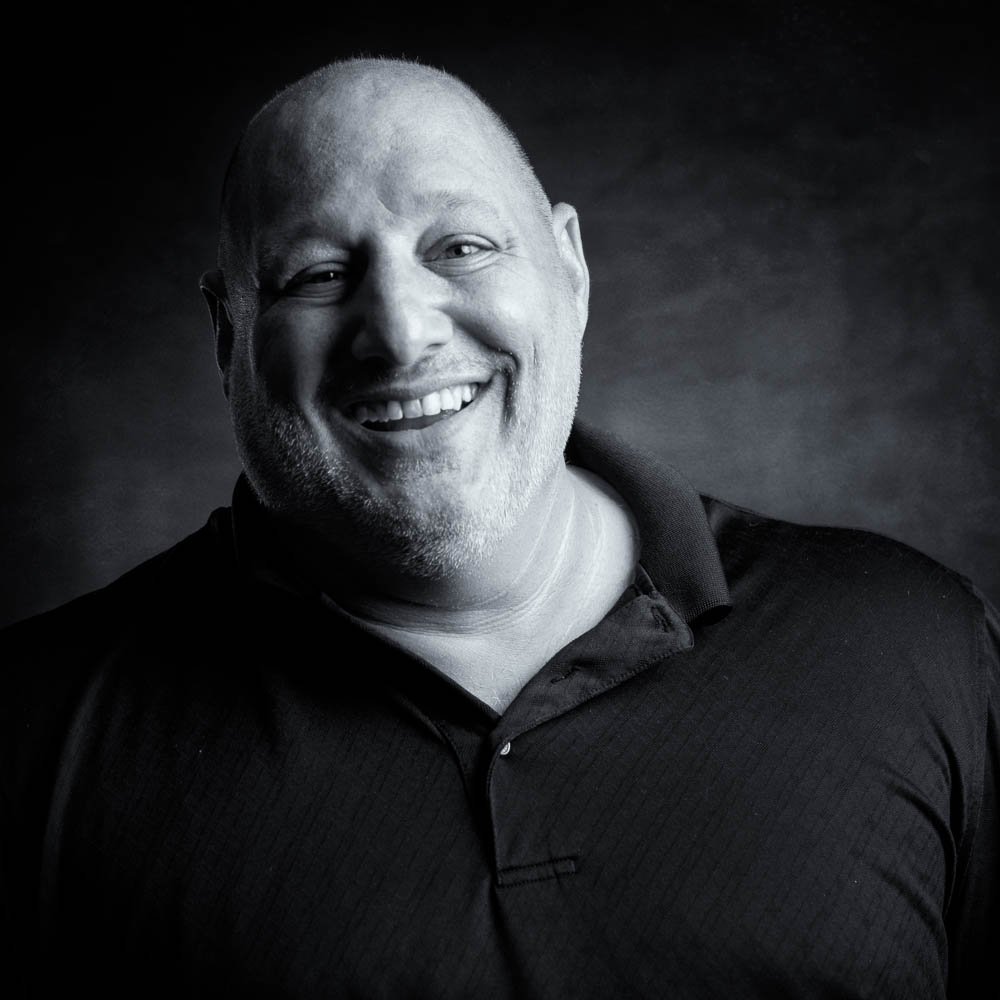Editor’s Note: Don’t miss this week’s free event on when to jump from Lightroom to Photoshop.
Lightroom is a very powerful non-destructive editing program that has turned the old fashion darkroom digital. It was created for photographers to not only edit images, but to tackle the daunting task of keeping their digital photos organized. As a photographer, I’m able to perform about 95% of my edits inside Lightroom. When I need to alter a raw image —add clouds to a dull sky— Lightroom’s Edit in feature allows me to choose which program I want to hand my raw photo off to with my Lightroom changes. When I save my image, it will appear in my Lightroom catalog as a new image along side my original raw image. Pretty cool, but this next part is even cooler.
The “What to Edit” dialog box contains 3 options;
- Edit a Copy with Lightroom Adjustments
- Edit a Copy
- Edit Original.
These options will only appear when you select “Edit in” on an image that is not a RAW file such as jpg, tiff, or psd. Let’s explore each option using Photoshop as the Edit in program and this example to see how each option affects the final image.
We used Lightroom to make simple exposure adjustments to a RAW file. Wanting to apply advanced skin retouching, we right click on the image and select Edit in and choose Photoshop. Once we make the changes, we save the image as a psd to keep the layers. When we return back to Lightroom, we see a new psd image alongside our original RAW image.
Edit a Copy with Lightroom Adjustments
Applies any Lightroom adjustments you’ve made to a copy of the file and sends that file to an external program such as Photoshop for editing.
The client — my beautiful cousin Angelique — loves the image but also wants the same image as an 8×10 Black and White portrait. After we crop the image, right click on the image and select Edit in and choose Photoshop. The “What to Edit” dialog box appears, choose Edit a Copy with Lightroom Adjustments. Our new cropped image appears as a new file in Photoshop without any layers. Convert the image to Black and White and save. The new psd file appears in Lightroom with the Black and White changes. Angelique now has two images, an 8×10 of the first edited image and the new 8×10 Black and White image.
Edit a Copy
Edits a copy of the original file without Lightroom adjustments.
Angelique wants a copy of the original landscape image before we cropped it to an 8×10. If we choose to edit a copy of the image, the crop we applied in Lightroom will not be seen in a Photoshop. The layers will still be visible. At this point, we are dealing with a new file that retained the Photoshop edits we made. Hiding the Black and White layer will restore the image back to the original color image. Once the image is saved, Photoshop adds a number to the filename indicating it was copied from another file. The full landscaped image appears back in Lightroom. We can make independent changes to either the original file or the new file without it affecting either one.
Edit Original
Edits the original file without Lightroom adjustments.
Angelique loves the original image cropped as an 8×10. Before we deliver the final image, we decide to apply a soft glow filter from NIK Effects. If we choose to edit the original image, the full landscape image opens in Photoshop along with the layers we created. We apply the NIK filter and save the image. When we view it in Lightroom, the new changes are seen with the 8×10 crop we applied in Lightroom. This feature is powerful when we create virtual copies of the main image. Imagine if we created 3 different crops of the original image. When we make a change to the main image using Edit Original, any virtual copies we created are updated with the new changes. By now you should be shaking your head saying yeah, that’s cool!

Vanelli is a photographer, educator and author based in Florida. Currently he shoots for Inside Lacrosse Magazine, teaches workshops, and writes for Photofocus. Click here for a list of Vanelli’s articles.
https://www.facebook.com/mrvanelli
https://twitter.com/vanelli
This Post Sponsored by:
Perfectly Clear. With Perfectly Clear for Photoshop or Lightroom you can automatically fix, fine-tune and batch process photos. This time-saving software helps you spend less time editing and more time doing what you do best—capturing incredible images.
The HDR Learning Center. Check out new ways to use High Dynamic Range photography to make compelling images. Free tutorials and posts to get results. Produced in partnership with HDRsoft
Arizona Highways Photo Workshops. For more than 30 years, Arizona Highway Photo Workshops has been committed to helping photographers find inspiring destinations, quality education and spectacular images. Get more information (and enter our contest) at http://www.ahpw.org/FindIt/.
Platypod Pro™– the world’s most compact camera support. Use it with your ballhead in place of a tripod. Click here for more info — http://bit.ly/platypodpro
Creative Cloud Photography plan. Take your best shot and make it even better with the Creative Cloud Photography plan. Get all the essential tools, including Adobe Photoshop Lightroom and Photoshop, to craft incredible images every day, everywhere — whether you’re a beginner or a pro. It’s all your photography. All in one place.
lynda.com Learn photography anytime, anywhere, and at your own pace—from bite-sized tutorials to comprehensive courses. Try lynda.com free for 10 days by visiting lynda.com/Photofocus.
Filed under: Adobe, Photography, Software, Technique & Tutorials Tagged: Adobe Lightroom, Edit in, LightroomLR, Robert Vanelli, Vanelli, What to Edit
![]()














